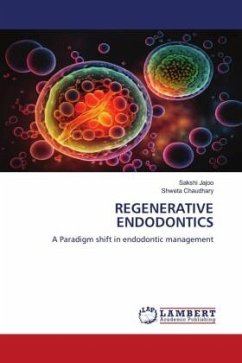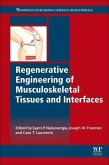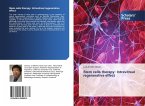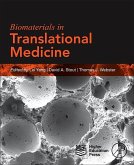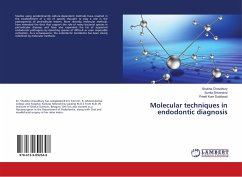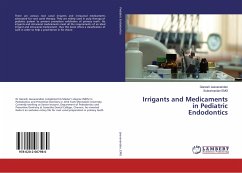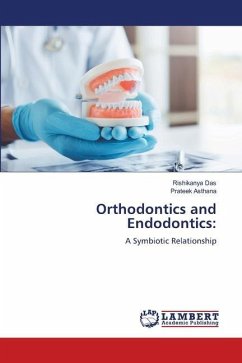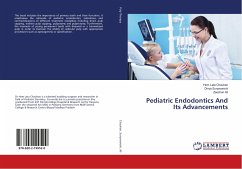Dental trauma in young children can lead to pulp devitalization of immature permanent teeth and cessation of root development. Endodontic treatment of immature necrotic permanent teeth is challenging. The divergent radicular morphology, accompanied by lack of apical constriction and thin dentin, can lead to inadequate root canal disinfection and overfilling with a high risk of extruded gutta-percha. Regenerative endodontics has gained enormous attention over recent years. Proposed by Nygaard-Ostby in 1961, inducing bleeding through over-instrumentation introduces stem cells from the periapical tissue into the disinfected root canal and provides a scaffold that helps in the regeneration of dentin-pulp complex after interaction with growth factors released from radicular dentin. Regenerative endodontic therapy (RET) is aimed to regenerate the pulp-dentine complex damaged by infection, trauma or developmental anomaly of immature permanent teeth with necrotic pulp. The field of regenerative endodontics has dramatically evolved in the past decade. This truly represented a "paradigm shift" introducing endodontics to the fields of regenerative medicine and dentistry.
Bitte wählen Sie Ihr Anliegen aus.
Rechnungen
Retourenschein anfordern
Bestellstatus
Storno

